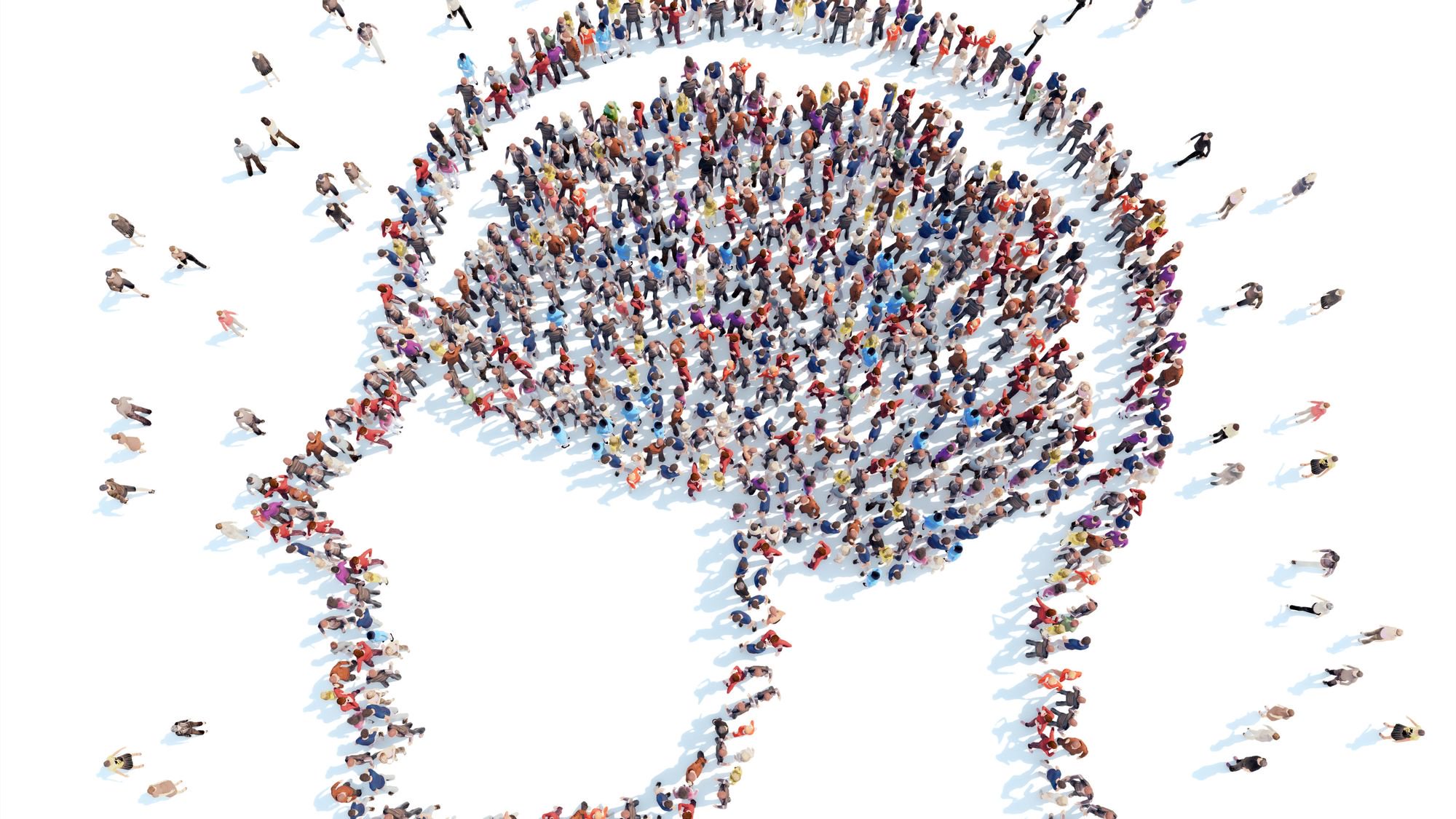Photo: (From Author Site URL)
In a series of interviews, researcher Patricia Kuhl reveals the science behind the social brain—which she calls the gateway to human cognition.
What prompts even the youngest infants, their heads wobbling almost imperceptibly on weak neck muscles, to stare so intently at faces both familiar and unfamiliar? What causes them to reach out without warning and latch on to a nose or an ear with tiny, prehensile fingers? And why, at even a few months old, do they track the eye movements of their parents, and engage in endearing games of facial and verbal mimicry?
“We know we start this way,” said Dr. Patricia Kuhl, the Bezos Family Foundation Endowed Chair at the Institute of Learning and Brain Sciences at the University of Washington, in a series of interviews on the science of human learning. “When you look at the studies…
CONTINUE READING AT AUTHORS WEBSITE >>






